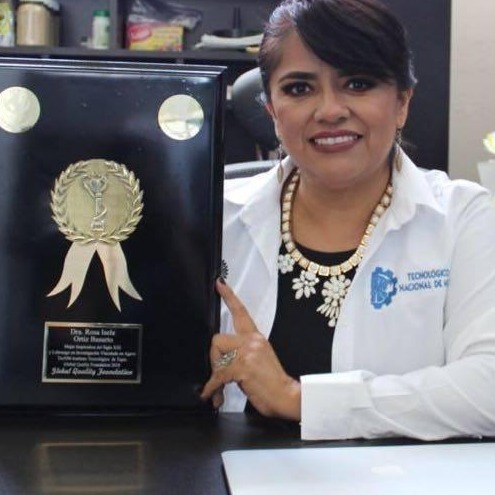Preprint
Article
On the Use of Electrosprayed Agave Fructans as Nanoencapsulating Hydrocolloids for Bioactives
Altmetrics
Downloads
338
Views
243
Comments
0
A peer-reviewed article of this preprint also exists.
Submitted:
25 September 2018
Posted:
26 September 2018
You are already at the latest version
Alerts
Abstract
High degree of polymerisation agave fructans (HDPAF) are presented as a novel encapsulating material. Electrospraying coating (EC) was selected as the encapsulation technique and β-carotene as the model bioactive compound. In case of direct electrospraying, two encapsulation methodologies (solution and emulsion) were proposed to find the formulation which provided a suitable particle morphology and an adequate concentration of β-carotene encapsulated in the particles. SEM images showed spherical particles with sizes ranging from 440 to 880 nm depending on the concentration of HDPAF and processing parameters. FTIR analysis confirmed interaction and encapsulation of β-carotene with HDPAF. Thermal stability of β-carotene encapsulated in HDPAF was evidenced by thermogravimetric analysis (TGA). The study showed that β-carotene encapsulated in HDPAF by the EC method remained stable for up to 50 h of exposure to UV light. Therefore, HDPAF is a viable option to formulate nanocapsules as a new encapsulating material. In addition, EC allowed increasing the ratio β-carotene:polymer as well as its photostability.

Keywords:
Subject: Chemistry and Materials Science - Nanotechnology
Copyright: This open access article is published under a Creative Commons CC BY 4.0 license, which permit the free download, distribution, and reuse, provided that the author and preprint are cited in any reuse.
MDPI Initiatives
Important Links
© 2024 MDPI (Basel, Switzerland) unless otherwise stated








